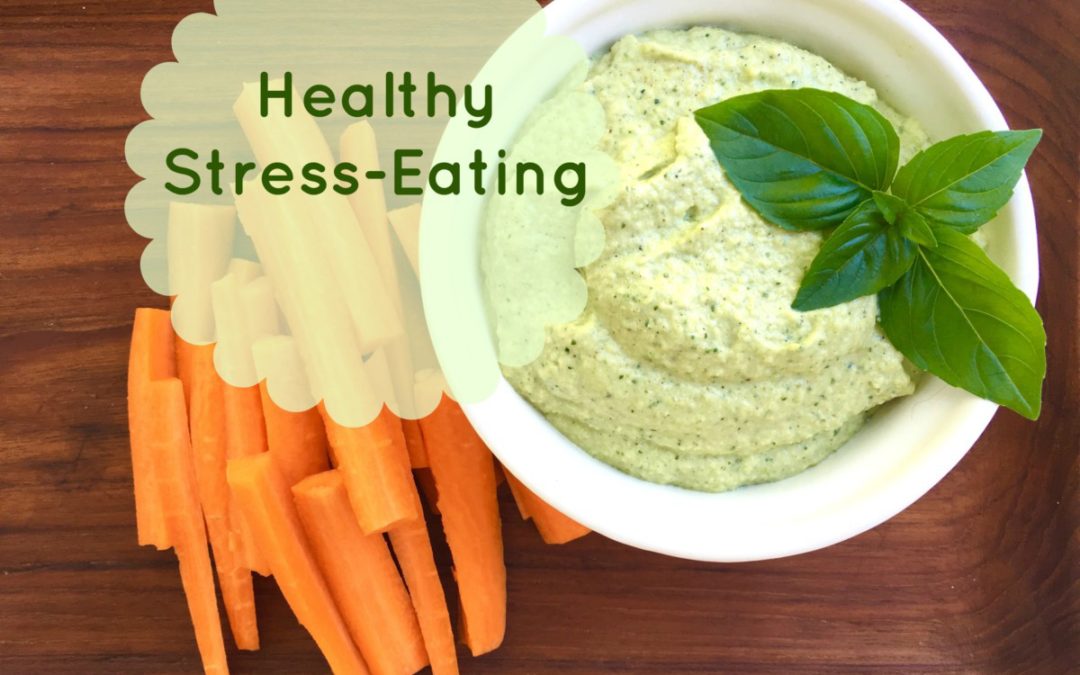
5 Reasons Chronic Illness Symptoms Flare (And What to Do About It)
When you’re chronically ill or have chronic symptoms, whether you have a diagnosis or not, you are all too painfully aware of the waxing and waning of your symptoms. Headaches. Belly aches and bloating. Insomnia. Rashes. Fatigue. Pain.
When you’re swimming in the sea of chronic symptoms, it can be hard to make heads or tails of them. But understanding what is causing symptom flares when you have a chronic illness, like lupus, fibromyalgia, chronic Lyme, Hashimoto’s, or any other ongoing health challenge can improve your quality of life. If you know what is causing them, you can work to remove those triggers.
WHAT CAUSES CHRONIC ILLNESS FLARES?
The short answer to this question is generally an immune system response, or inflammation.
Some amount of inflammation is normal and necessary, but if we have more inflammation than our body can clean up at one time, or chronic inflammation, we may experience symptoms.
The question becomes, what is triggering that immune inflammation response?
I’ve compiled the 5 most common chronic illness symptom triggers I see in my practice. These can serve as a starting place for you to begin studying your symptoms so you can make proactive changes. (When you’re ready to explore how all these aspects fit into your whole Roadmap to Recovery, you can grab your free copy here.)
#1: FOODS YOU ARE SENSITIVE TO
The number one chronic illness symptom trigger to consider is food. 70% of our immune system is located in our digestive system.
Makes sense, right? We bring in potentially contaminated material from the outside world three or more times per day!
You may already be aware that certain foods cause problems for you. If you’re not yet sure if this is a problem for you, decoding the problem foods is of utmost importance.
The challenge is that the problematic foods are often the ones we eat all the time, and figuring out friend from foe can be confusing.
The first place to start is with the three most common inflammatory foods: gluten, dairy, and sugar. Unless you’ve already delved deep into an elimination protocol to evaluate these foods, you are likely eating at least one of these foods, if not all three.
Read more about elimination diets here.
Even though these are the most common problem foods, any food can cause symptoms. This is highly individualized for everyone, and depends on what your immune system has tagged as a threat.
This is nowhere more frustrating than when you try to eat what you’ve determined to be a “healthy” diet, but you end up feeling worse!
A few weeks ago, a woman told me she increased vegetables in her diet because she had read they were important for good health. Unfortunately, the increased vegetables created increased bloating and stomachaches. Not even the healthiest of foods works for everyone.
To figure out which foods are contributing to your chronic illness symptom flare-ups, the tool you don’t want to be without is a food-symptom diary. I find that for people with chronic illness, tracking food intake and symptoms over a 2-week period is a good baseline.
Once you have some data, look back over your record. Can you notice any correlations? Do certain symptoms always occur after eating a particular food?
#2: HORMONE SHIFTS
Another common trigger of chronic illness symptoms are variations in hormones, especially during a woman’s menstrual cycle. Estrogen and progesterone levels, as well as other hormones, impact the way the immune system and other body systems inter-relate.
For example, progesterone raises our baseline body temperature by a few tenths of a degree. This can impact the effectiveness of our immune response against outside pathogens.
As another example, the hormone cortisol normally fluctuates throughout the day. It peaks mid-to-late morning, and gradually descends from there until the middle of the night. If your body has too much or too little cortisol, it can really impact your energy level, immune function, and many other body systems. We tend to feel our worst when our cortisol levels are low.
Hormone levels also affect our moods, our energy level, our clarity of thought, and our motivation.
Though women have wider monthly fluctuations than men, men also experience variations in hormone levels that can affect how they feel.
To see whether hormone levels are affecting your hormone flares, you can:
- Track information about your menstrual cycle on your Food-Symptom Diary. Do your symptom flares correlate with a certain phase of your cycle?
- Note whether your symptoms always happen at a similar time of day. This could be another clue pointing to hormones
- Consider mapping your cortisol and sex hormones with a DUTCH test or comparable test (at-home urine test. Contact me for more information).
The best medicine for balancing hormones is maintaining balanced blood sugar. Be sure to start your day with protein in your breakfast, include protein, fat, and fiber in each and every meal or snack, and eat slow-burning carbs like whole grains, fruits, and vegetables.
#3: PARASITE OR PATHOGEN HATCHES
This isn’t the prettiest of subjects, but many of the practitioners skilled in treating people with chronic illness, like Lyme, chronic fatigue syndrome, and so on find that their clients are infected with parasites and other pathogens.
As everything else alive, parasites have life cycles and hatch cycles. These cycles can be as short as a few weeks, or as long as a whole year.
When parasites hatch, they can quickly overwhelm the immune system, and irritate the tissues where they live, cause insomnia, itching, shortness of breath, asthma symptoms, and many more.
One clue that you may be facing pathogens is if your symptoms flare at the full or new moon. Another is if your symptoms always flare at the same season or time of year (barring seasonal allergies).
To evaluate this situation, be sure to note when your symptoms flare, on a calendar. See if it correlates with the full moon, or with a certain season.
Though no test is 100% accurate, and macro-parasites are difficult to find in standard or even functional stool testing, stool or blood pathogen screening can be helpful to understand what is happening in your body and whether further action is warranted.
#4: CHANGES IN SELF CARE HABITS
This may seem self-evident, but how we care for ourselves with our chronic illness can have a significant impact on our quality of life and our flares.
Greater than 80% of our day-to-day health is determined by our diet and lifestyle habits, so how we work with this pays big dividends. It’s also one area where we have the power to make a change.
The three most important areas to pay attention to, besides making good food choices, are sleep, exercise, and stress. At the beginning of my healing journey, I started tracking my sleep, exercise, and stress reduction activities.
I aimed to be in bed by 10, with no screen time in the previous 2 hours, do a minimum daily walk for exercise, and make time to do something I love everyday.
I found that when I fell off the wagon and started letting those habits slide, I had more symptoms, and had a harder time with everything. I would get grumpy, have more pain, get more snappy with my kids, and everything looked like it was falling apart. If I was consistent with my self-care routines, I was happier, more balanced, and better able to control my symptoms.
Using your Food-Symptom Diary to keep track of lifestyle practices, can you notice whether your symptoms correlate with a change in your habits?
#5: TOO MUCH EXERCISE
Though everyone knows that exercise is important, the bottom line is that for many people with autoimmune and other chronic illness, exercise can cause symptom flares. I know I just said that exercise is an important part of keeping symptoms in control. And it’s true, but we have to be careful not to overdo it.
The reason this happens is because the body perceives exercise as a stress. If you think of the biological reason for heavy-duty body movement, it’s to escape from a threat: a tiger chasing us, for example.
If our exercise amount exceeds our body’s ability to recover and repair, our body can be overwhelmed with this. Have you noticed that after a workout or run (if you’re able to do this) that it takes an inordinate amount of time for the achy muscles to go away? Or you’re extra crabby and fatigued for several days afterwards? If this sounds like you, you may want to consider reducing the amount or intensity, or both, of your exercise.
If you’re not sure whether exercise is causing negative impacts for you, note your exercise on your Food-Symptom Diary. See if you can connect it with any symptom flares.
Though it can feel like everything is chaos when you’re swimming in the sea of chronic illness symptoms, there are often parts of this scene you have control over. The single most powerful thing you can do to understand the ups and downs so you can feel better is to GET TRACKING.
No one else can do this part for you. Only you live inside your body, and can note the timing and severity of the symptoms, and note the activities in your life that may be affecting them.
So I encourage you all to get tracking with your Food-Symptom Tracking Tool here.
Despite your best efforts, simply tracking may not get you where you’d like to be. If you’re still confused about why your symptoms are flaring, I invite you to schedule a free Assessment Session with me here. I’ll share my thoughts about what you might be missing, and how you could investigate.




